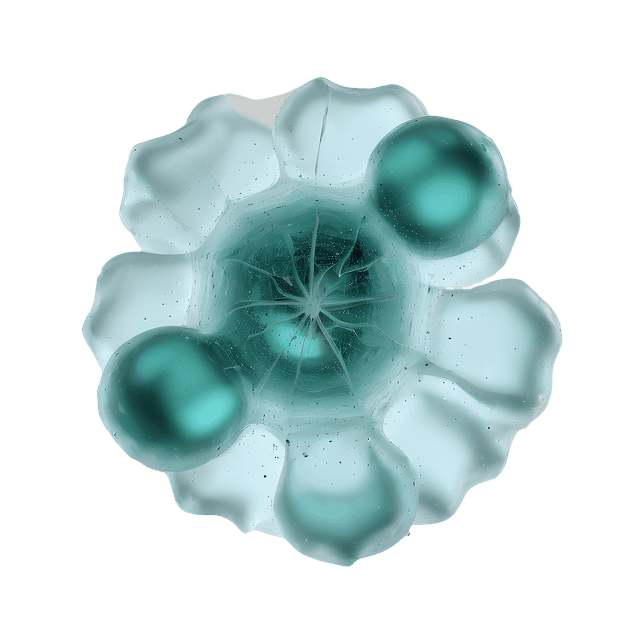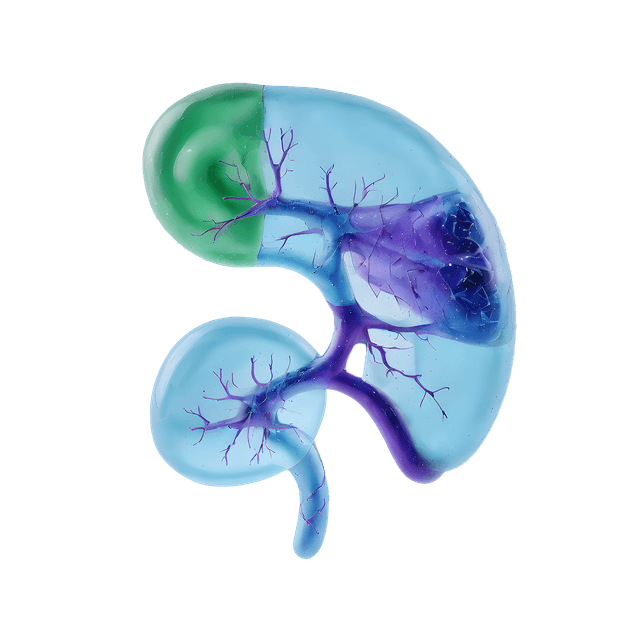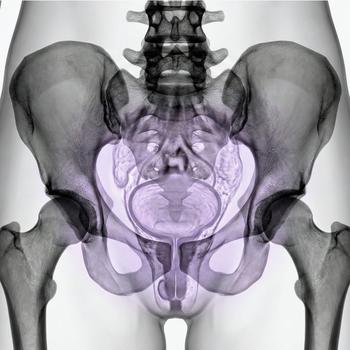Quick version
What is the pelvis?
The pelvis is the area at the bottom of the abdomen where the uterus, ovaries, fallopian tubes, and bladder—the internal gynecological organs—are located. In the pelvis, changes of various kinds can occur, examples of which are:
- Functional ovarian cysts
- Myoma (benign uterine fibroids)
- Endometriosis
- Inflammatory conditions such as inflammation of the fallopian tubes (salpingitis)
- Tumors or other unusual changes
Common symptoms of pelvic problems
If you have any of the following symptoms, it may be an indication of pelvic problems:
- Pain in the lower abdomen or pelvis
- Feeling of pressure, swelling or heaviness
- Irregular or heavy menstruation
- Bleeding between periods
- Pain during intercourse
- Pain when going to the toilet
- Fertility problems
Sometimes there are no symptoms at all, such as with cysts or small fibroids, in other cases the symptoms vary depending on what is causing the problems.
How can you detect what is wrong?
In order to make a reliable diagnosis, an imaging examination is often required. Magnetic Resonance Imaging (MRI) of the Pelvis is a very reliable way to detect changes in the gynecological organs.
Safe and painless method
An MRI examination provides detailed images of the pelvic organs and can help reveal:
- Cysts, including endometriomas and dermoid cysts
- Myomas and polyps
- Endometriosis
- Inflammation and fluid accumulation
- Tumors or other unusual findings
The examination is painless, free of radiation and does not require physical contact with the lower abdomen – something that many women find safe. Read more here about MRI of the Pelvis























